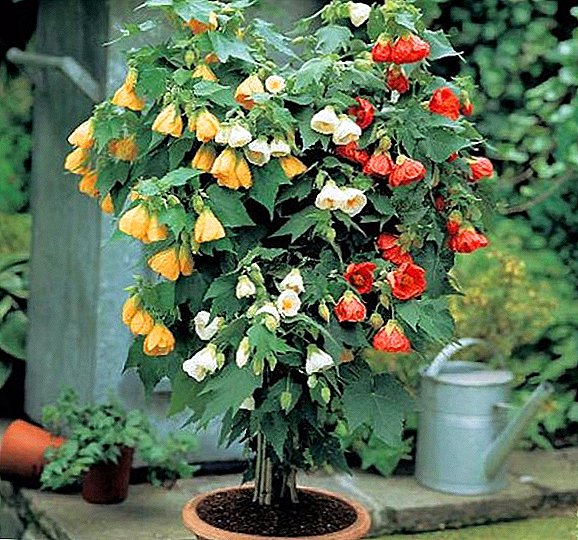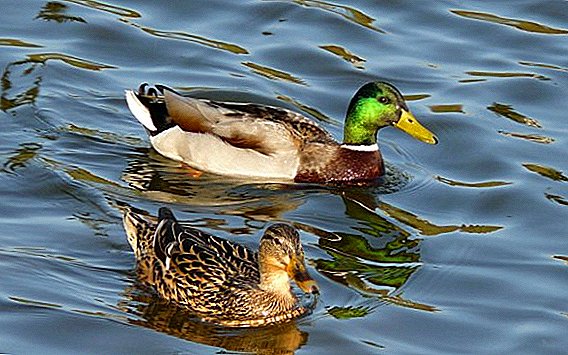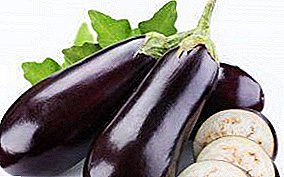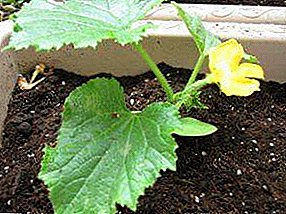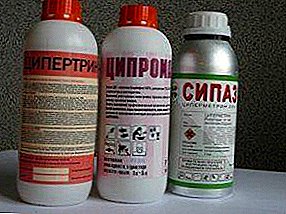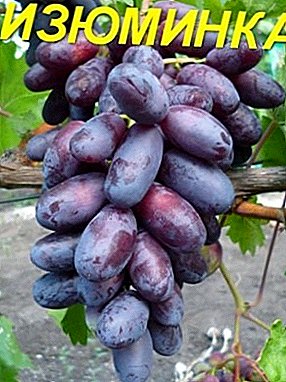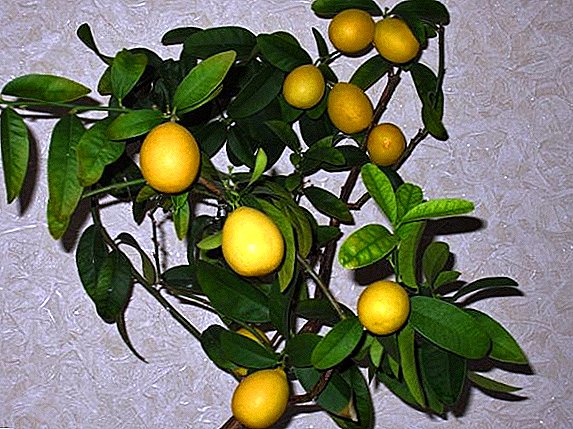
“Pileya Monetolistnaya” is a representative of the Pile clan from the nettle family.
This unpretentious herbaceous plant has recently gained popularity among gardeners due to its simplicity and at the same time decorative.
general description
"Pile monetolistnaya" - a tropical plant. In its homeland, in South America, it lives in shaded areas of tropical forests, where there is enough moisture.
In indoor floriculture it is used as a pot, ampelous and ground cover, for planting together with large, upright species of indoor plants and trees.
This species is the shortest, with creeping stems and small, 1 cm in diameter leaveslike coins. Due to these properties, the people got the name "Japanese dollar". The surface of the leaves as if quilted, color on top of green. And the bottom is red-purple. Stems of this species are also reddish, in combination with green foliage, they give the Pilee Monetolistnaya a special decorative effect.
A photo
The photo shows the “Pilea monolith”, with proper care at home:





Home care
Actions after purchase
Care after purchase depends on the time of purchase and the state of the plant. If you bought “Pilea” in the spring and the pot for it is small, then immediately transplant the plant into a new container, completely replacing the soil.
Illumination requirements
 Pilie needs a lot of light., but not falling on it directly, but scattered.
Pilie needs a lot of light., but not falling on it directly, but scattered.
Therefore, the best place for it is the eastern or western windows. If the window of your room is facing south, you cannot put a plant on the window sill.
Feels good "Pilea monetolistnaya" on covered verandas and balconies. In such conditions, it is most often grown as ampelnaya in wall pots.
It is especially important to provide a sufficient amount of light for Pyla during the winter period, since its leaves will lose their coloring due to lack of light.
Air temperature and humidity
A native of the rainforest, "Piley Monetolistnaya" loves warmth and adequate moisture. The temperature for it is optimal in the range of 20-25 degrees in the summer, 16-20 in the winter.
Important! It is impossible to allow the temperature to fall below 10 degrees in winter, the plant will start to hurt.
Does not tolerate "Pylae" dry air. The optimum humidity for it is 60%. But during the heating season it is necessary to support such conditions on purpose. Ideal for use in a room humidifier or decorative fountains. By the way, it is useful for people.
As an option, you can substitute a pallet with expanded clay pillow under the pot. Water should be poured onto the tray, but only in such a quantity that the bottom of the pot does not touch it. In the wall pots to keep the pot moistened with moisture.
Spraying "Pile" is not recommended, the leaves at the same time lose their decorative effect.
Watering and feeding
For watering, use only soft water, separated, boiled or frozen.
 The frequency of watering depends on the state of humidity. The top layer in the pot should dry out, only after that it can be moistened. Roots do not tolerate overwetting and may rot.
The frequency of watering depends on the state of humidity. The top layer in the pot should dry out, only after that it can be moistened. Roots do not tolerate overwetting and may rot.
In winter, watering is drastically reduced, especially if the room becomes cool.
The bulk of the nutrients "Pilea" consumes in spring and summerTherefore, it is necessary to fertilize it during this period every 14 days with a universal mixture for indoor plants.
In winter, the frequency of dressings is reduced to once in 1-1.5 months.
Soil composition and transplant nuances
"Pilea monetolistnaya" feels good in light humus soil (turfy ground and leafy ground in two parts, sand and peat one by one).
To prevent the roots from rotting from excess moisture during watering, a drainage layer should be laid at a bottom of a pot 5-6 cm in height. It is necessary to select a low capacity for planting, since Pylei has short roots.
Repotted "Pile" annually, completely changing the soil composition. When transplanting, carry out the trimming procedure. Young shoots are necessarily shortened to stimulate the formation of new shoots and the bush remained lush.
Important! If the tops of the shoots are not pinned, the stems will become too long and not very lean. The plant will lose its pomp and decoration.
Breeding
A feature of this species is the ability to multiply by self-sowing, from the seeds that formed on the plant itself.
If you decide to grow “Pilea” from purchased seeds, then for their germination it is necessary to provide heat and light. Crops produced in a flat dish, in the composition of the earth and sand.
 The container is covered with glass, which is removed as soon as the first shoots appear.
The container is covered with glass, which is removed as soon as the first shoots appear.
After three or four true leaves form on them, they are each planted in a small pot.
The fastest and at the same time the most affordable method of reproduction is grafting. Billets about 10 cm long are cut from the top young shoots and placed in moist earth or sand.
To create a microclimate for better rooting, cover with a transparent material (glass or plastic).
This type of "File" can be obtained from the leaflet. For rooting suitable lower leaves, cut at the base of the main stems. Rooting them is carried out in the same way as during grafting.
Beneficial features
“Pilea Monetolistnaya” is useful for its influence on the home atmosphere. In the house where it grows, anxiety decreases, the mood of those living in it improves. In addition, communication with this plant helps to relieve fatigue.
Pests and diseases
"Pilea" - a plant that does not require special care.
However, if the basic conditions of detention are violated, problems may arise:
- Drying and wrinkling of leaves - occurs when the content temperature is too high, as well as when it is lowered below 12 degrees;
- Blackening of the leaves - comes from excessive watering;
- The leaves turn pale and become sluggish - from an excess of light, often with content on the southern windows;
- The leaves dim and dry around the edges - from a lack of light. When this occurs, the stretching of shoots and shallow foliage;
- The appearance of yellow spots is a consequence of burns when exposed to direct sunlight.
Important! "Pilea Monetolist" is affected by spider mites and thrips. It provokes their appearance dry air in the room.
If a white color appeared in the form of a spider web or small black specks on the underside, it should be washed with warm water with soap and then washed and treated with insecticide.
Less often on shallow leaves, scale insects and mealybugs can breed. Fighting them should be the same way.
- general information about Pylae;
- Cadier variety;
- Pepper and Pepper variety;
- Care for Pylae at home.
“Pilea Monetolistnaya” will not cause any particular troubles to its owner, at the same time, with its appearance it will give liveliness to any interior.



